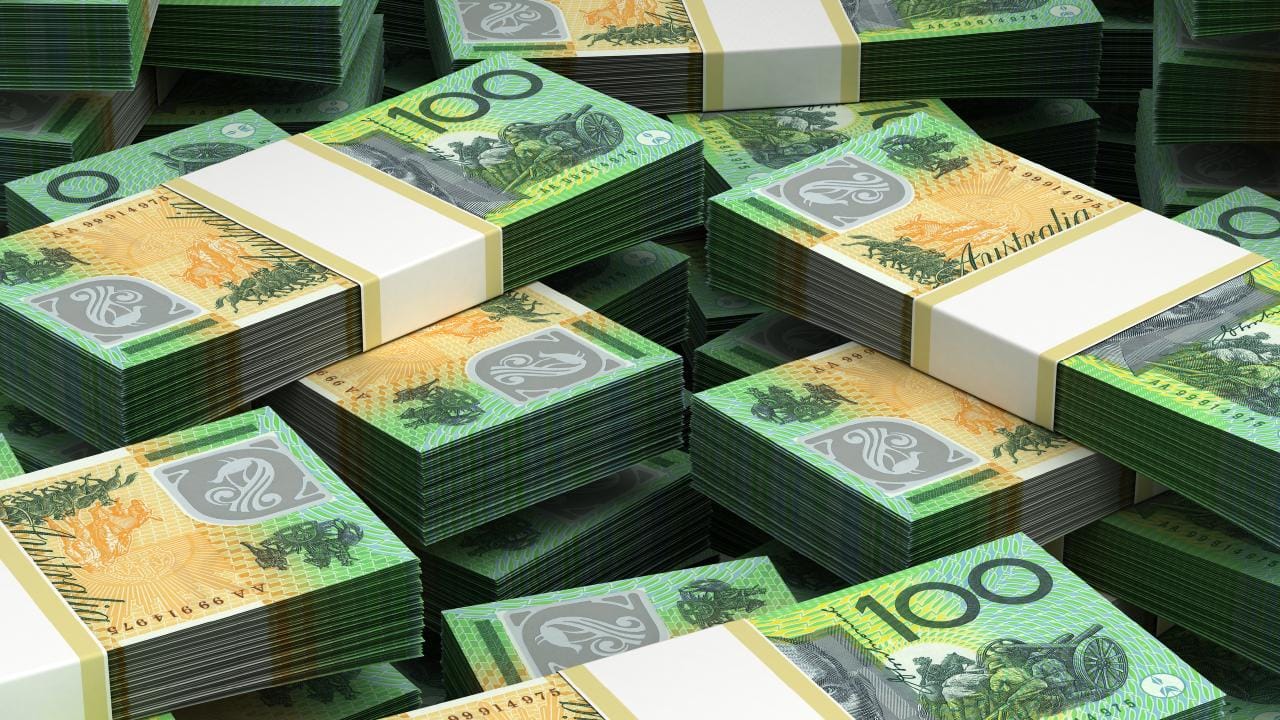US Dollar Strength getting the better of its Australian counterpart, will this continue? Events to be taking place this week may hold the answer.
The Australian Dollar continued to slide last week after the quarterly consumer prices data was released. Data showed that the consumer prices rose by 0.4% in the quarter. This was lower than last quarter’s data of 0.6% and the 0.5% traders were expecting. On an annual basis, the CPI rose by 1.9%, lower than the 2.0% economists and investors alike were expecting. Figures have been decreasing consistently, highlighting overall weakness in the economy.
The data, in conjunction with lethargic wage growth eradicates the urgency for the RBA to hike interest rates in the near future. This notion is further supported by a field of 41 economists from Reuters who were polled on the idea of a hike this term, 40 of whom maintained the perspective that rates will remain steady.
Goldman Sachs analysts concluding that although the Fed is still holding at the projected 3 hikes in 2018, the markets are expecting 4. Notably, issues highlighted relating to the Feds Challenge moving forward will be to introduce policy tightening that will slow growth to a sustainable level without tipping the economy back into recession. Loretta Mester, President of the Federal Reserve Bank of Cleveland, and voting member of the FOMC, has also sided with the above view, indicating that gradual hikes are necessary to avoid overheating and further financial stability risks.
If the Fed does raise rates for the second time in 2018, we can expect to see substantial volatility following the statement release. Some of the results of an interest rate increase, as well as an indication to raise rates for a 4th time this year ( above the stated 3 ), will include a strengthening in the US Dollar, a spike in Utilities & Financial companies, a weakening of foreign currencies, and commodities. We would also see mortgage rates go up as Treasury yields will increase.
As it currently stands, Traders, Bankers, Economists and Investors alike are tipping that chances of a hike at this week’s decision are rather low.
Non-Farm Payrolls, the Unemployment Rate and Average Hourly Earnings for April are scheduled to be released this Friday. Put simply, should the figure show that the economy created more jobs than expected, or if average hourly earnings jumped higher, we will likely see the markets go higher, the US Dollar go higher and oil go lower. Should these numbers disappoint, the markets will likely go lower along with the greenback. Economists will also be looking for any signs that last year’s tax cuts have increased wage growth, or if the savings all just went into dividends and share buy backs. Like in previous months, the Unemployment Rate may drop but average hourly earnings will continue to stagnate, which is what the market is anticipating, deviation from these figures could see opportunities present themselves for the short-term dollar traders.
With Oil in the forefront as it trades at 4 year highs, Traders will be watching the latest Crude oil Inventories release this week. Should inventories increase in the latest reading, we can expect to see the price of black gold decrease. Should we see inventories draw down more than anticipated, we can expect to see the cost increase. Furthermore, if the cost of oil does increase, we can see companies in the transportation sector will likely move lower.
Stephen Sismanis
Director
SDS Perpetual Equity
